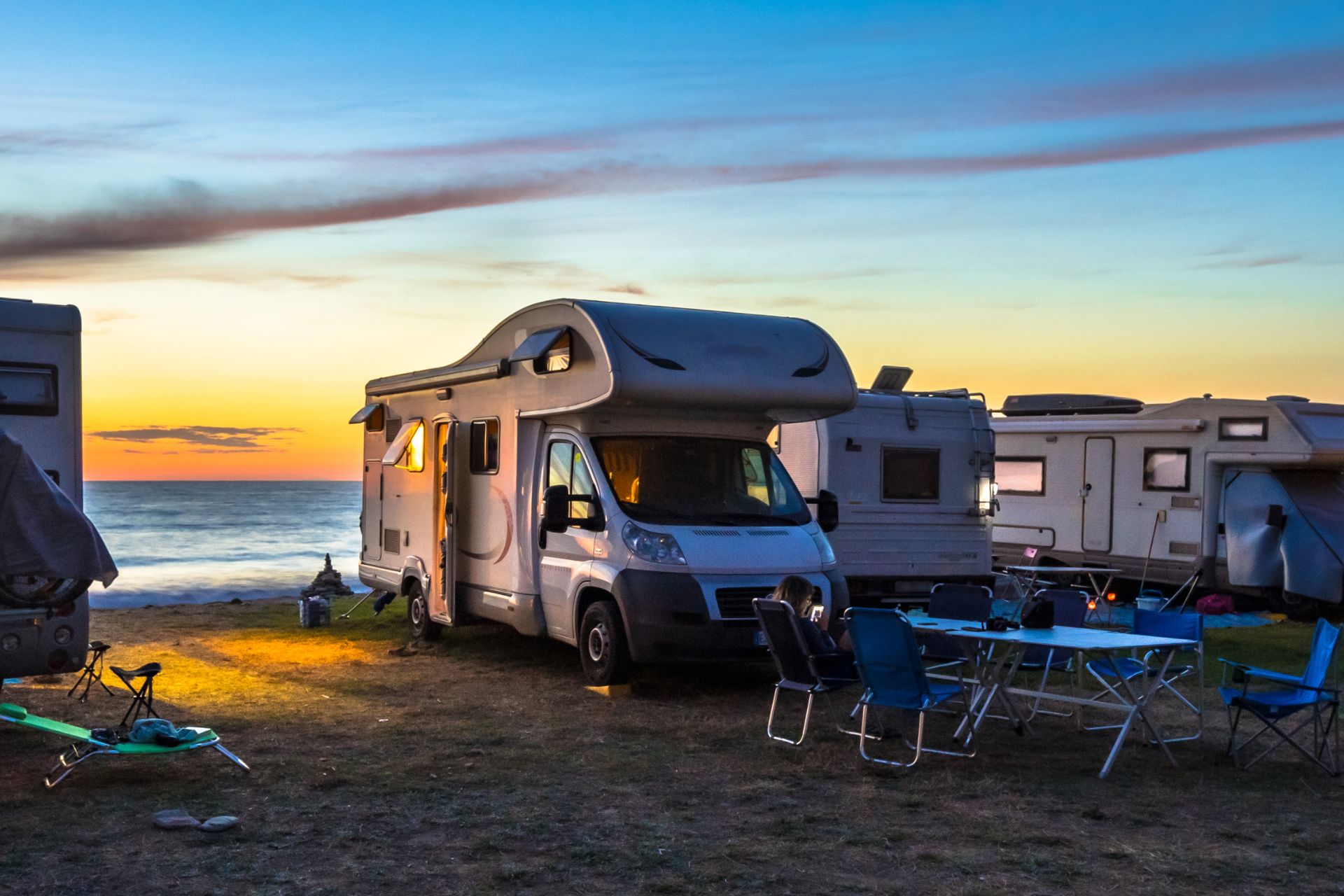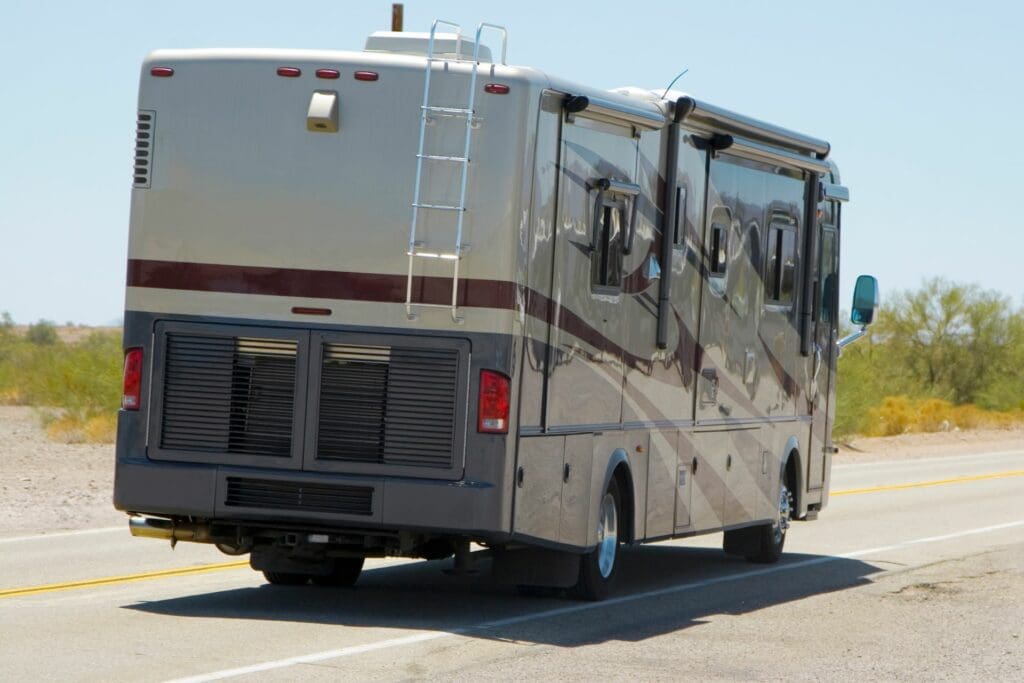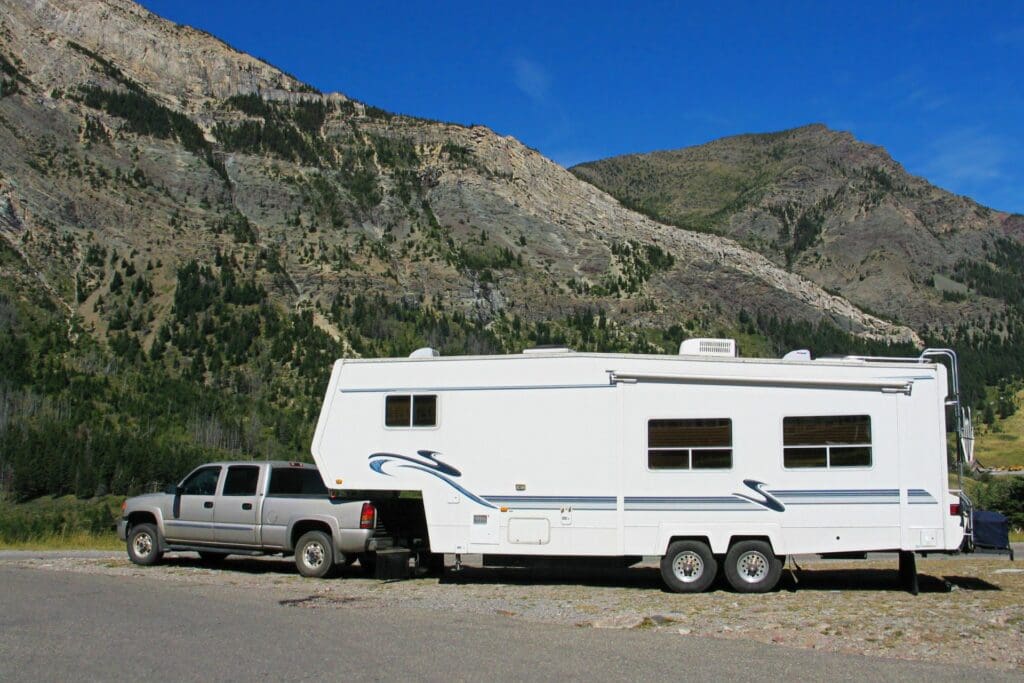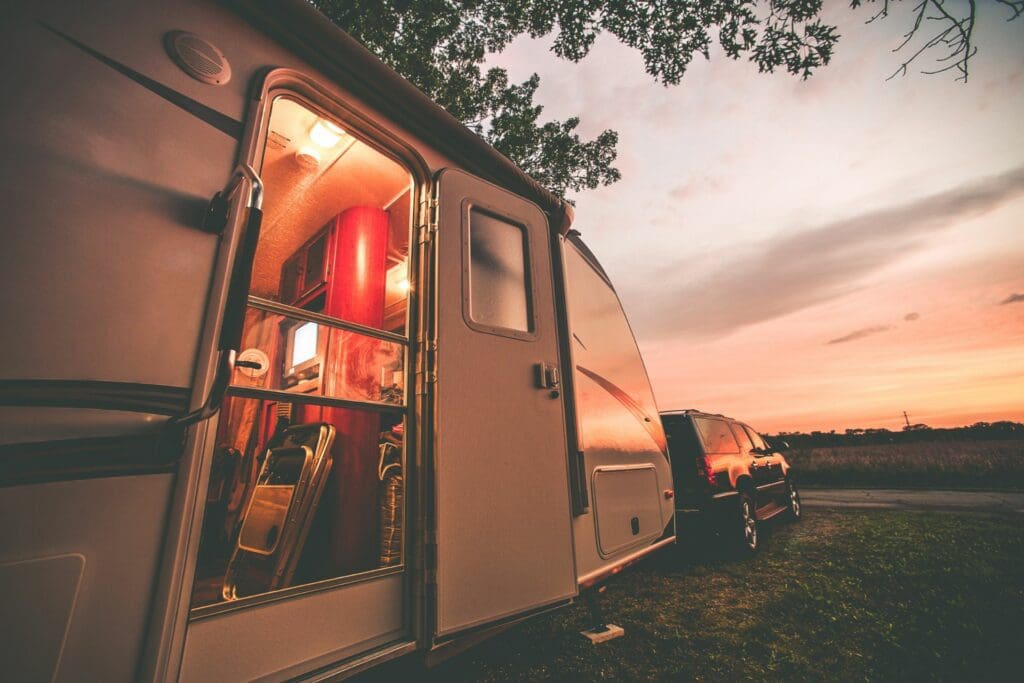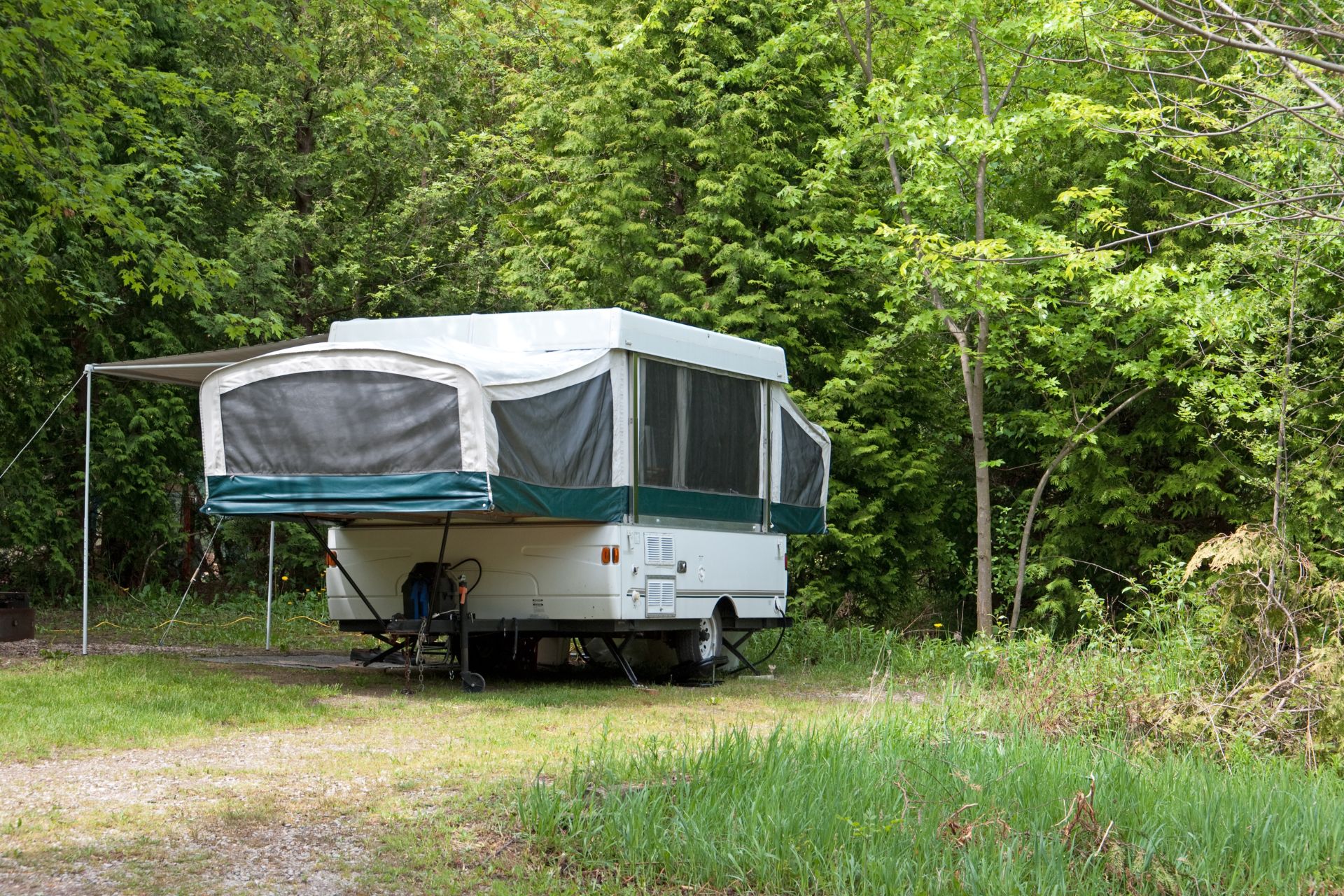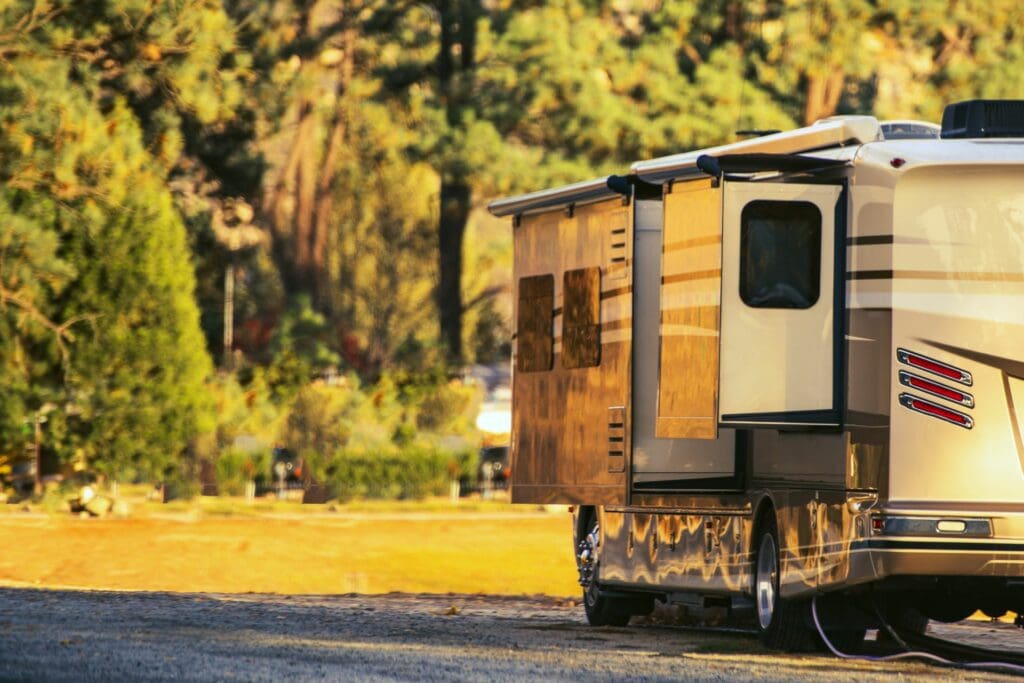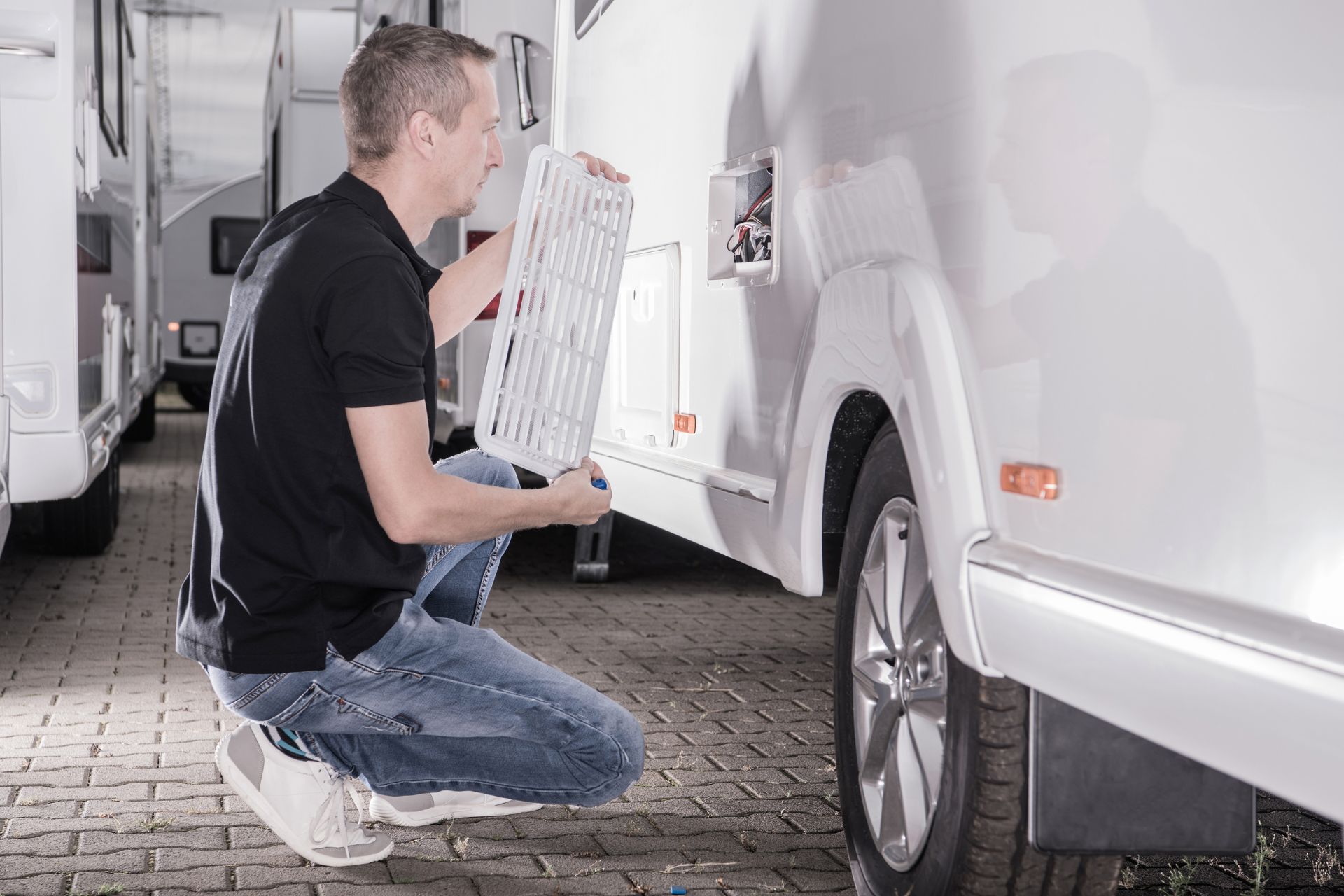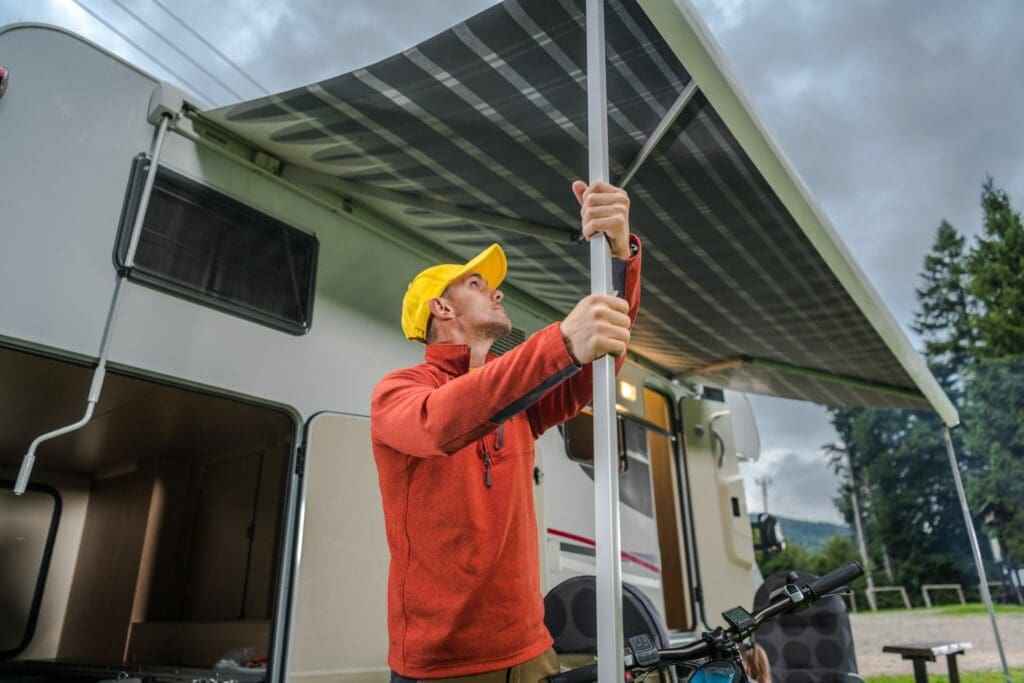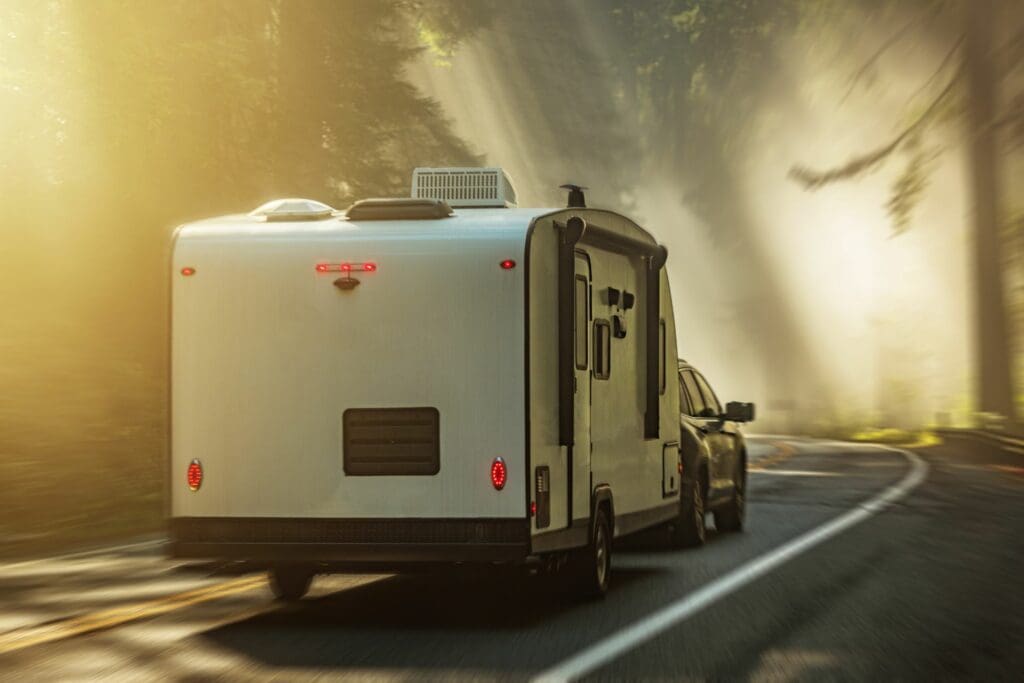A Comprehensive Guide to Buying an RV - The Essential Factors to Consider
Are you thinking about buying an RV to explore the great outdoors? Well, you’re not alone. RV sales in the U.S. totaled over 600,000 in 2021, an almost 40% increase over the previous year. Whether you’re a first-time traveler or an experienced camper, buying an RV is a great way to make your journey even more enjoyable.
Introduction to Buying an RV
Buying an RV is an exciting, yet daunting prospect. It’s important to do your research to make sure you’re investing in the right vehicle for your needs. This guide will provide an overview of the types of RVs available, the factors you should consider before purchasing, and tips on finding the right dealer and negotiating the best price.
Types of RVs
The type of RV you choose will depend on your budget, size requirements, and desired features and amenities. Here are some of the most common types of recreational vehicles.
Motorhomes
Motorhomes (otherwise known as motorized RVs) have a built-in engine and come in 3 classes: A, B, and C. A Class motorhomes are the biggest and are often built on a bus or truck chassis. They can be up to 45 feet long and can include multiple bedrooms, bathrooms, and living areas. They are typically designed for long-term travel and can accommodate up to eight people. Class B motorhomes (also known as camper vans) are the smallest RVs and are easy to maneuver and park. They typically include a bed, bathroom, and kitchen and are designed for two to four people. Class C motorhomes are mid-sized RVs that are built on a van or truck chassis. They typically include a cab-over bed, a separate bedroom, a bathroom, and a living area. They range from 20 to 32 feet long and can accommodate up to six people.
Fifth Wheels
Fifth wheels are a trailer-style RV that are towed by a pick-up truck. They have extra storage space and can be customized to include amenities like kitchens and bathrooms. They range from 20 to 45 feet long and may have multiple slide-outs.
Travel Trailers
These are mid-sized RVs that come in a variety of shapes and sizes. They are designed to be towed behind a vehicle and provide additional sleeping and storage space. They range from 19-36 feet long and are popular for those on a budget, but don’t have the luxury features of a motorhome.
Pop-up Campers
These are the most affordable RVs, typically designed to be lightweight and easy to tow. They are compact when folded down for transport and can be expanded when parked to provide more space. They can range from about 8 to 16 feet long when closed for travel, and when they are set up for camping, they can provide additional space and amenities.
Factors to Consider When Buying an RV
Before you start shopping for an RV, it’s important to consider the following factors to ensure you make the right purchase.
Budget
The cost of an RV will vary depending on the type and size of the vehicle, as well as the features and amenities. It’s important to set a realistic budget and stick to it. You should also factor in the cost of insurance to ensure you can afford to keep your RV running.
Size of the Vehicle
The size of the RV you choose will depend on how many people will be travelling with you, and the type of terrain you’ll be travelling on. If you’re travelling on rough terrain, you’ll need a larger vehicle to provide you with more stability.
Features and Amenities
When considering an RV, it is important to think about the features and amenities you will need to ensure a comfortable and enjoyable trip. Place yourself in areas on the RV to see how comfortable you are. In the sleeping areas, is it important for you to be separated from the living area? In the kitchen, do you need an oven or will a microwave suffice? Is there enough storage for pots, cups, mugs, plates, cutting boards, etc? In the bathroom, is there room to get out of the shower without hitting the toilet? Inspect the entertainment system (if there is one) to see what kind of hookups for TVs or stereos there are.
Do you plan to use your RV in all four seasons? Then you will want to invest in an RV with air conditioning and heat. Slide-outs: do you need the extra room that a slide-out offers? These are great for expanding your living areas but also add weight to your RV. They will also take up more room at the campground so consider this factor.
RV Lifestyle suggests that most customers want things like dedicated beds (beds that don’t have to be converted from something else each night), separate living and sleeping areas, relaxing seating areas, dry shower, instant hot water, heated lithium batteries, solar panels, a powerful inverter, generator, Apple Car Play or Android Auto, and tons of storage space. Some RVs even come with extras like a dishwasher.
Condition
Check the RV’s condition thoroughly before purchasing it. Here are some areas to pay close attention to.
Exterior: Look for signs of damage, such as dents, scratches, and cracks. Check for any signs of water damage or leaks around windows, doors, and seams.
Roof: Inspect the roof for cracks, tears, or signs of wear and tear. Make sure that the roof is secure and does not have any leaks.
Tires: Check the age and condition of the tires, including the tread depth and tire pressure. Older tires may need to be replaced, even if they appear to be in good condition.
Brakes: Test the brakes to ensure they are functioning correctly. Make sure the brake pads and rotors are in good condition.
Engine: Check the engine for any signs of wear or damage. If possible, have a professional mechanic inspect the engine to ensure it is in good condition.
Electrical system: Test all of the lights and electrical outlets to ensure they are working correctly. Check the battery and charging system to ensure they are functioning correctly.
Plumbing system: Turn on all faucets and test the toilet to ensure they are functioning correctly. Check for any signs of leaks or damage to the plumbing system.
Appliances: Test all of the appliances, including the refrigerator, stove, oven, and microwave, to ensure they are working correctly.
It’s essential to inspect an RV thoroughly before purchasing to avoid any unexpected issues or costly repairs. Here’s a helpful article from RVshare with more information on how to inspect a used RV. It’s also important to factor in the cost of maintenance and repair when budgeting for an RV. RVs require regular maintenance to keep them in good condition and running smoothly.
Storage
If you don’t plan to use your RV all year round, you’ll need to factor in the cost of storage. West Coast Self-Storage has many locations that offer RV storage. Visit our website to search for an RV storage facility in your area.
Find the Right Dealer and Ask Questions
Once you’ve considered the factors above, it’s time to start looking for the right dealer and salesperson. Ask friends and family for recommendations and research different dealers online to find one that’s reputable. Look at Google and Yelp reviews of the dealership to see what others have said about them. Also look at RV forums like RV.net to research questions.
When you visit a dealership, make sure to ask plenty of questions and take the time to inspect the RV before making a purchase. It’s also important to make sure the salesperson is attentive and willing to answer all of your questions.
- What is the RV’s history? Ask about the vehicle’s previous owners, any accidents or repairs, and any warranties or service agreements that may be in place.
- What is the RV’s towing capacity? If you plan to tow another vehicle like a car or a boat, it’s important to know the maximum weight the RV can handle.
- What is the fuel efficiency of the RV? This can be an important consideration if you plan to do a lot of traveling or camping in remote areas.
- What is the RV’s price? Make sure to ask about the total price of the vehicle, including any taxes and fees.
- What is the RV’s warranty and service agreement? Ask about any warranties or service agreements that may be available, and what they cover.
- Can you take a test drive? It’s important to take the RV for a test drive to see how it handles on the road and get a feel for the vehicle’s features and amenities.
- What is the dealership’s return policy? Ask about the dealership’s return policy and what options you have if you’re not satisfied with the RV after purchase.
Tips for Negotiating the Best Price
Negotiating the best price for an RV can be intimidating, but there are a few tips that can help you get the best deal. First, research the vehicle you’re interested in to find out its market value. This will give you a good starting point for negotiations.
It’s also important to be prepared to walk away if the dealer isn’t willing to budge on the price. You can also ask for additional items in the package, such as free delivery or a free extended warranty.
Financing Options for Buying an RV
If you’re not able to pay for the RV in full, there are a few financing options available. You can take out a loan from a bank or credit union, or you can take out an RV loan from a dealership. RV loans typically have lower interest rates than traditional car loans and are more flexible in terms of repayment.
Common Mistakes to Avoid
It’s important to avoid some common mistakes when buying an RV. One of the biggest mistakes is not doing your research.
Make sure you’re buying the right size RV for your needs. Plenty of new owners get their RV out and realize that it’s either too big, too small, or doesn’t have the right amenities for the type of camping they want to do or where they want to take it.
Compare used vs new RVs. There are arguments on both sides. New RVs haven’t been abused and come with a warranty. The downside is that, just like cars, they depreciate the moment they leave the lot. A used RV might save you thousands of dollars in the initial purchase prices but be wary of hidden costs down the road regarding maintenance for the engine or other equipment.
When considering a used RV, get the vehicle inspected by an RV shop. They’ll be able to identify hidden signs of excessive wear as well as potential system failures.
It’s also important to avoid buying an RV on impulse. RVs are a major investment and should be considered carefully. Make sure to take time to inspect the RV and ask plenty of questions before making a purchase.
Find out your truck’s towing capacity so you don’t end up getting an RV that’s too big to pull.
Double-check your prospective RV’s height to make sure you know where you can take the RV. Roads with low-clearance bridges may make them unusable for you. Make sure to include the height of antennas, AC units or other roof-top items. There are several RV trip planners out there that provide this information.
Conclusion
Buying an RV is an exciting prospect, but it’s important to consider the essential factors to ensure you make the right purchase. This guide has provided an overview of the types of RVs available, the factors you should consider before purchasing, and tips on finding the right dealer and negotiating the best price.
By doing your research and taking the time to consider all of the factors listed above, you can ensure you make an informed decision and find the right RV for your needs.

About the Author: Derek Hines
Digital Marketing Specialist
Derek is originally from the great state of Wisconsin (go Badgers), but is slowly becoming a Pacific Northwesterner. As part of the Digital Marketing team, he writes extensively on storage, moving and life for West Coast Self-Storage, based in Everett, Washington.

